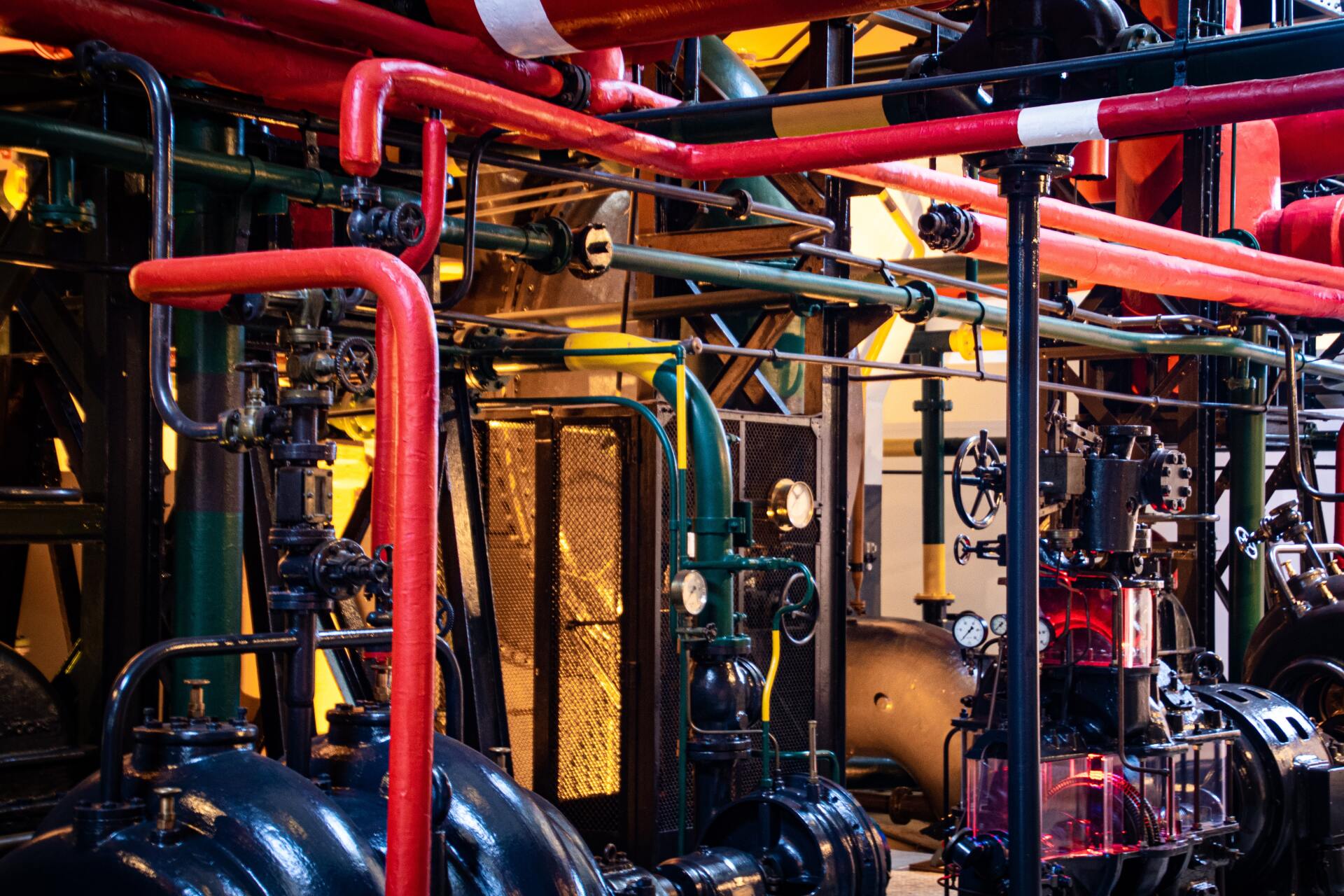Legionella in Water Systems
The presence of legionella bacteria within water systems can have a harmful effect of human health. As a result, UK businesses are legally required by the Health and Safety Executive (HSE) to take suitable precautions to control the risks associated with its presence within water systems.
Building services engineers play an important role in keeping a building’s occupants safe. Good water system design ensures that a property’s occupants are safer from the risks posed by legionella.
What is Legionella?
Legionella is a bacteria often found in different water sources. In water temperatures below 20°C the bacteria remain dormant, and they don’t survive in temperatures above 60°C. However, at temperatures between 20-45°C and where suitable nutrients are available, the bacteria will grow and multiply.
The occurrence of this is most common in purpose-built systems where water is often maintained at temperatures which facilitate growth.
What is Legionnaires' disease?
Legionella bacteria may grow if conditions are favourable. In turn, this increases the risk of a building’s occupants catching Legionnaires’ disease.
Legionnaires’ disease is a form of pneumonia which can be fatal. It is contracted through inhaling airborne droplets of water which have been contaminated by the bacteria. These droplets can be produced by hot and cold water taps, cooling towers, air conditioning units, spa pools, and more.
Though anyone can contract this disease, some categories are at higher risk. For the elderly, smokers, heavy drinkers, those with poor immune systems, and individuals with respiratory issues, catching this disease can be extremely dangerous.

Minimising Risk
There are 3 main ways a business can try to mitigate the risk of legionella:
- Temperature Control
Controlling water temperature is vital to preventing a building’s occupants catching legionnaires’ disease.
Water must be stored at temperatures which legionella bacteria can’t grow in. Hot water storage cylinders must store water at temperatures of 60°C or higher. Alternatively, cold water must be stored and distributed at temperatures below 20°C.
2. Maintain Units
Water systems, and sentinel outlets (furthest away and closest to each cylinder or tank) must be regularly monitored in order to comply with legal requirements.
Units that are not regularly used must be flushed and purged regularly to prevent contaminated droplets being released into the air.
3. Improve Design
Water systems can be designed in a way that minimises legionella growth. Possible measures include:
- Keeping pipework as short and direct as possible to reduce stagnant water
- Implementing sufficient insulation within tanks and pipes
- Choosing materials which make it more difficult for legionella bacteria to grow
- Minimise contamination through fitting screens and lids to cover tanks
All water systems must be designed to ensure it complies with regulatory standards, with preventing legionella growth being of upmost priority.
Summary
The HSE consider Legionnaires’ disease to be preventable when good water systems are in place. Businesses have a legal responsibility to minimise the risks involved in legionella within a building. It is vital that the water systems within a building are designed with the presence of legionella as a key consideration.
Here at DARe-me Consulting Engineers, we have a wealth of experience of designing water systems that minimise the growth of legionella bacteria. From refurbishments to new builds, we can design hot and cold water systems that help keep your building's occupants safe. Contact us today to enquire about your building project.


